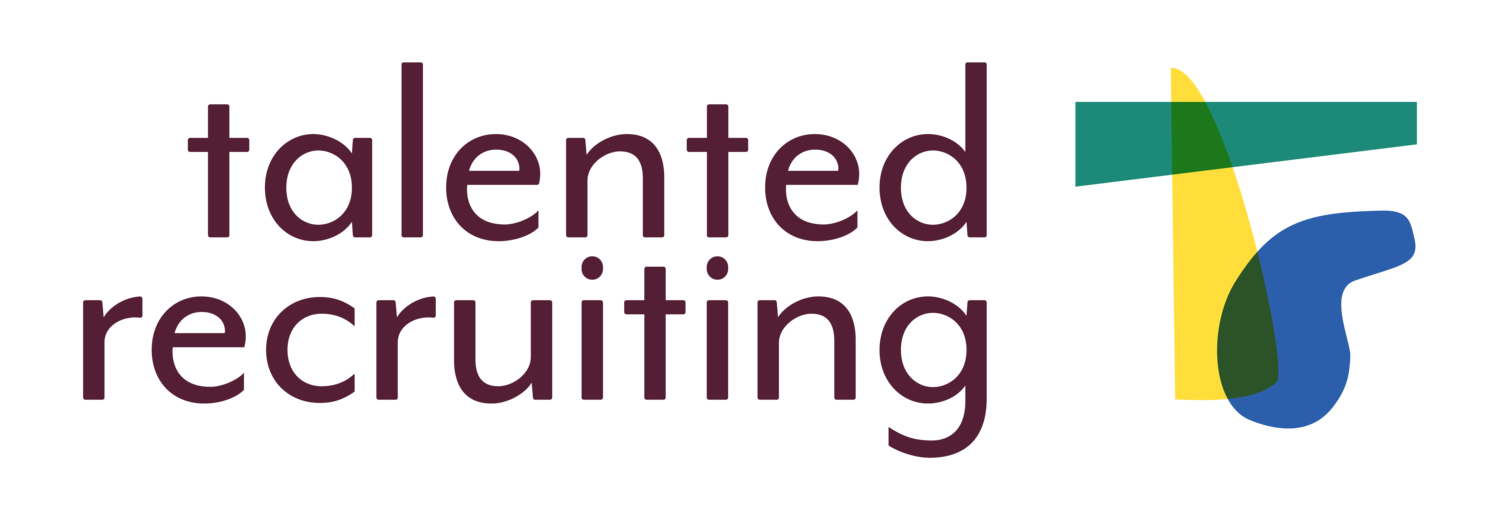By Danielle van Asch-Prevot
When you're looking for a job, a referral from a company insider can be the difference between your application getting pushed to the top of the list rather than buried in a growing pile of resumes. If you've taken the time to build genuine relationships, most of your professional contacts would be more than happy to help you out by passing your resume on to someone they know. But that's the thing: They probably don't have time to do more than just "pass it along."
Asking for an introduction or recommendation means you're asking that person to stick their neck out for you, knowing that, if you fail to impress, it could reflect poorly on their reputation. That puts your contact under a lot of pressure to come up with some talking points that will wow the appropriate person, and unless you've worked closely and directly with your referrer, this can be an awkward, difficult and time-consuming task. Therefore, it's in your best interest to make it as simple and stress-free as possible to forward your information along.
The trick is to send something that's easy for your referrer to cut, paste and forward. This not only alleviates some of the burden on them, but also gives you more control over the message that ultimately ends up in front of the hiring manager. Here are a few smart elements to include in your email to the person who's giving you a job referral.
An intention paragraph. Think of this as a brief, informal cover letter. Craft a few sentences about why you're interested in the job and what skills and experiences make you a good fit. This is your chance to make the case for yourself and give your referrer a better idea of how to talk about you to the supervisor or HR manager.
Your resume. This one should be obvious, but people forget to include attachments (or accidentally click "cancel" instead of "attach") on emails all the time. Before you hit send, double check to make sure your resume is, in fact, attached. You don't want to paint yourself as someone who's forgetful or inattentive to detail.
Website links and work samples. You don't need to overload your email with additional materials, but links to your personal website, LinkedIn profile and/or online portfolio should be provided for the hiring manager's convenience. This person will likely be doing some research on you before they decide if you're a fit, so why not save them a step and give them as much information as possible? It's appropriate for the position, say you are a UX designer, be sure to send a link to your portfolio, as it is standard practice for hiring managers to want to see your design work. The less back-and-forth there is, the faster the hiring manager can determine if you're going to get an interview!
Gratitude. Don't forget to thank the person who's referring you. It may not have taken them much effort to draft a short email and hit "send," but they're still doing you a favor and giving you a leg up that you may not have otherwise had. Be sure to express your appreciation to your referrer and, indirectly, to the person who will eventually review your resume.
You might feel funny requesting a favor if you're not used to it, but know that it's okay to ask for help. Getting ahead in your career is all about who you know, and in today's culture of networking, people higher up the ladder are usually willing to pull some strings. Remember, the easier you make it for someone to help you, the more likely they'll be to oblige.

